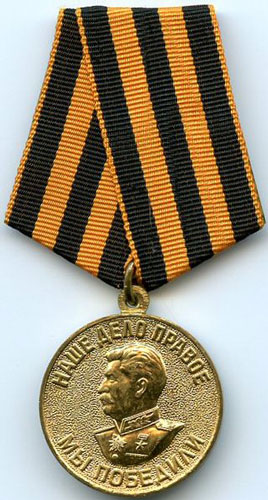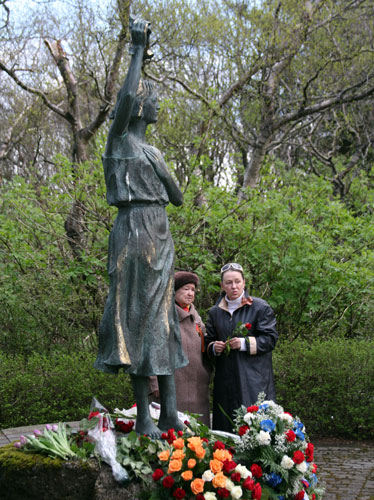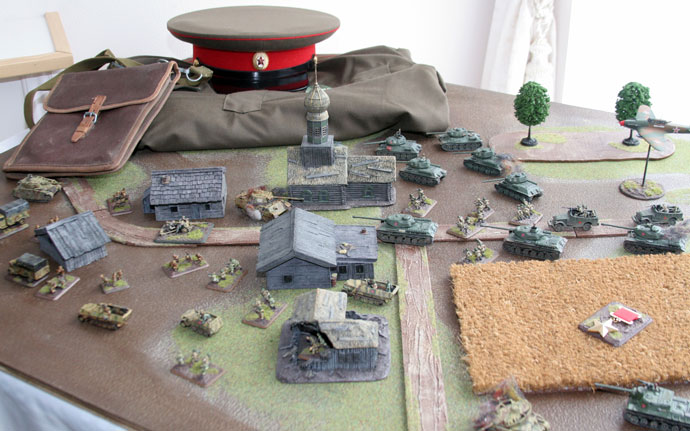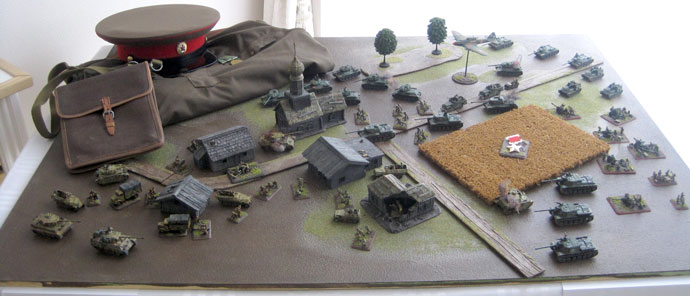|
|
Victory In Europe Day
 |
Victory In Europe Day
with Jökull Gislason.
Several years ago I held a lecture on the Great Patriotic War; the conflict between the Soviet Union with Nazi Germany between 22 June 1941 and 9 May 1945. In attendance was a representative from the Russian Embassy who approached me after the lecture and commended me for my efforts. But he mentioned I had missed the battle for the Fortress Brest-Livtosk, an important event to Russians and an aspect I’ve taken care to include ever since.
That lecture led to an invite by his Excellency and plenipotentiary the
Russian Ambassador to celebrate VE Day at the embassy. Having never
before been invited by a plenipotentiary to anything I was happy to go
and I have now attended the event for the last three years.
|
|
This year I offered to set-up a Flames Of War display table during the
reception. If you haven’t been to such an event it consists of people
standing in a hall listening to a few speeches and snacking on light
refreshments while making small talk. The Embassy staff was quite
intrigued by the idea and called me in to show them what I had in mind.
Once they saw what I was doing and the quality of models they were
elated and spent some time identifying the various vehicles and tanks. I
hadn’t brought any Germans with and told them that it might be a good
idea to include a few and set-up the battle as if the Germans were in
retreat. They took an instant liking to the idea and the display was
set-up as if the Germans are retreating form a village in the summer of
1944.
In World War II, Iceland was a neutral country until it was occupied by the British in 1940 and later the US. Iceland played an important role in the Battle of the Atlantic and the convoys to Murmansk. The Russian VE day celebrations started in Fossvogs cemetery where the graves of the Allied servicemen are as well as the monument Hope, a gift from the Russian people in recognition of the sacrifices made by the sailors of the artic convoy.
|
 |
 |
Afterwards we went to the reception and the Ambassador gave a short speech and pointed out the diorama. He mentioned that it would be fun for children but as it turned out it was mostly the adults who examined the table and it became a popular conversation piece.
|
 |
Among those present was a 90 year-old woman who was accompanied by her daughter. Once they realised that I was responsible for the display table they requested my presence me the elderly lady, Maria Alexandrovna Mitrofanova wanted to know the name of the town I had selected to theme the table on. I had to tell her that it was a generic town set in Belarus during the Bagration Offensive. She told me it reminded her of the hamlets around Smolensk. As it turned out I was speaking to a Frontovik or front line soldier of the Red Army.
Left: Jökull with Maria Alexandrovna Mitrofanova. |
| In 1944, she had been a 20 year-old Radio Operator attached to a
Special Forces unit that was dropped by parachute behind enemy lines
before the start of the offensive. Her unit was part of the 3rd
Belarusian Front and she remebered many such hamlets around the
countryside. She pointed to the Speznas platoon and told me she had wore
such overalls and was very impressed by the display. For my part, I
thought it was wonderful to meet a veteran from the war and we talked a
little more. I mentioned that General Rokossovsky is one of my favorite
Russian Generals and she was thankful for she had trained as a radio
operator with his daughter Ada or Ariadna. When she told me she had only
been 20 years-old I replied that at 20 I had still been a child. Then
she told me that she to had only been a child but it was war. |
 |
I am very happy to have been able to add something special to the Russian celebration of this important day and very greatful for meeting such a wonderful lady and I have Flames Of War minatures to thank for it.
~ Jökull.
|
|
|
|
 |
|